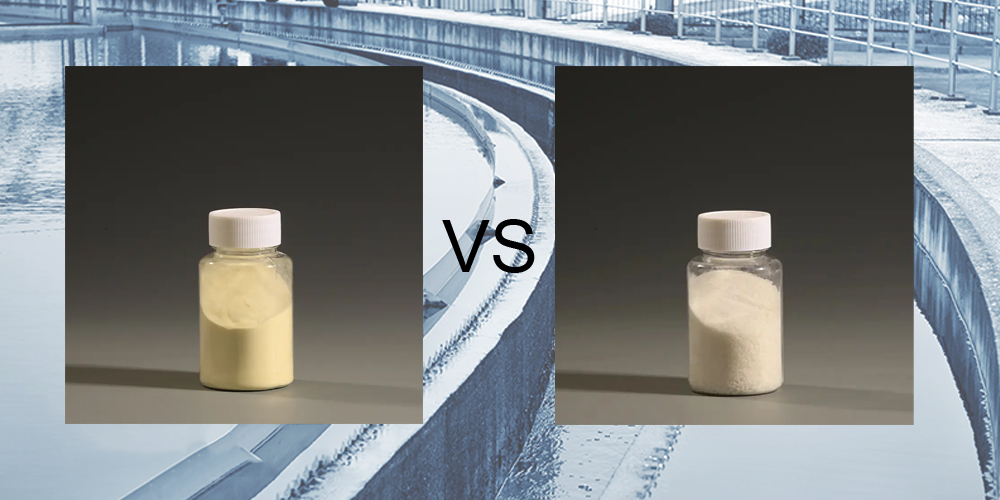Aluminum chlorohydrate (ACH) and polyaluminum chloride (PAC) appear to be two distinct chemical compounds used as flocculants in water treatment. In fact, ACH stands as the most concentrated substance within the PAC family, delivering the highest alumina content and basicity achievable in solid forms or stable solution forms. The two have slightly different specific performances, but their application areas are very different. This article will give you a deep understanding of ACH and PAC so that you can choose the right product.
Polyaluminum chloride (PAC) is a high molecular polymer with the general chemical formula [Al2(OH)nCl6-n]m. Due to its unique chemical properties, it has a wide range of applications in various fields.Polyaluminum chloride (PAC) plays a crucial role in water treatment, effectively eliminating suspended solids, colloidal substances, and insoluble organic matter through coagulation processes. By neutralizing particles, PAC encourages aggregation, facilitating their removal from water. PAC, often used alongside other chemicals like PAM, enhances water quality, reducing turbidity , and meeting industry standards.
In the papermaking sector, PAC serves as a cost-effective flocculant and precipitant, improving sewage treatment and rosin-neutral sizing. It enhances sizing effects, preventing fabric and system contamination.
PAC’s applications extend to the mining industry, aiding in ore washing and mineral separation. It separates water from gangue, facilitating reuse, and dehydrates sludge.
In petroleum extraction and refining, PAC removes impurities, insoluble organic matter, and metals from wastewater. It demulsifies and removes oil drops, stabilizing wellbores and preventing formation damage during oil drilling.
Textile printing and dyeing benefit from PAC’s ability to treat wastewater with large volumes and high organic pollutant content. PAC promotes strong, rapid settling of alum flowers, achieving remarkable treatment effects.
ACH, Aluminum Chlorohydrate, with the molecular formula Al2(OH)5Cl·2H2O, is an inorganic polymer compound exhibiting a higher alkalization degree compared to polyaluminum chloride and trailing only aluminum hydroxide. It undergoes bridge polymerization through hydroxyl groups, resulting in the molecule containing the highest number of hydroxyl groups.
Available in water treatment and daily-chemical grades (cosmetic grade), ACH comes in powder (solid) and liquid (solution) forms, with the solid being a white powder and the solution a colorless transparent liquid.
The insoluble matter and Fe content are low, so it can be used in daily chemical fields.
ACH finds diverse applications. It serves as a raw material for pharmaceuticals and specialized cosmetics, notably as the primary antiperspirant ingredient known for its efficacy, low irritation, and safety. In addition, ACH is expensive and is therefore rarely used as a flocculant in drinking water and industrial wastewater treatment. ACH also demonstrates effective condensation over a wider pH spectrum than conventional metal salts and low-basin polyaluminum chlorides.
Post time: Aug-28-2024

